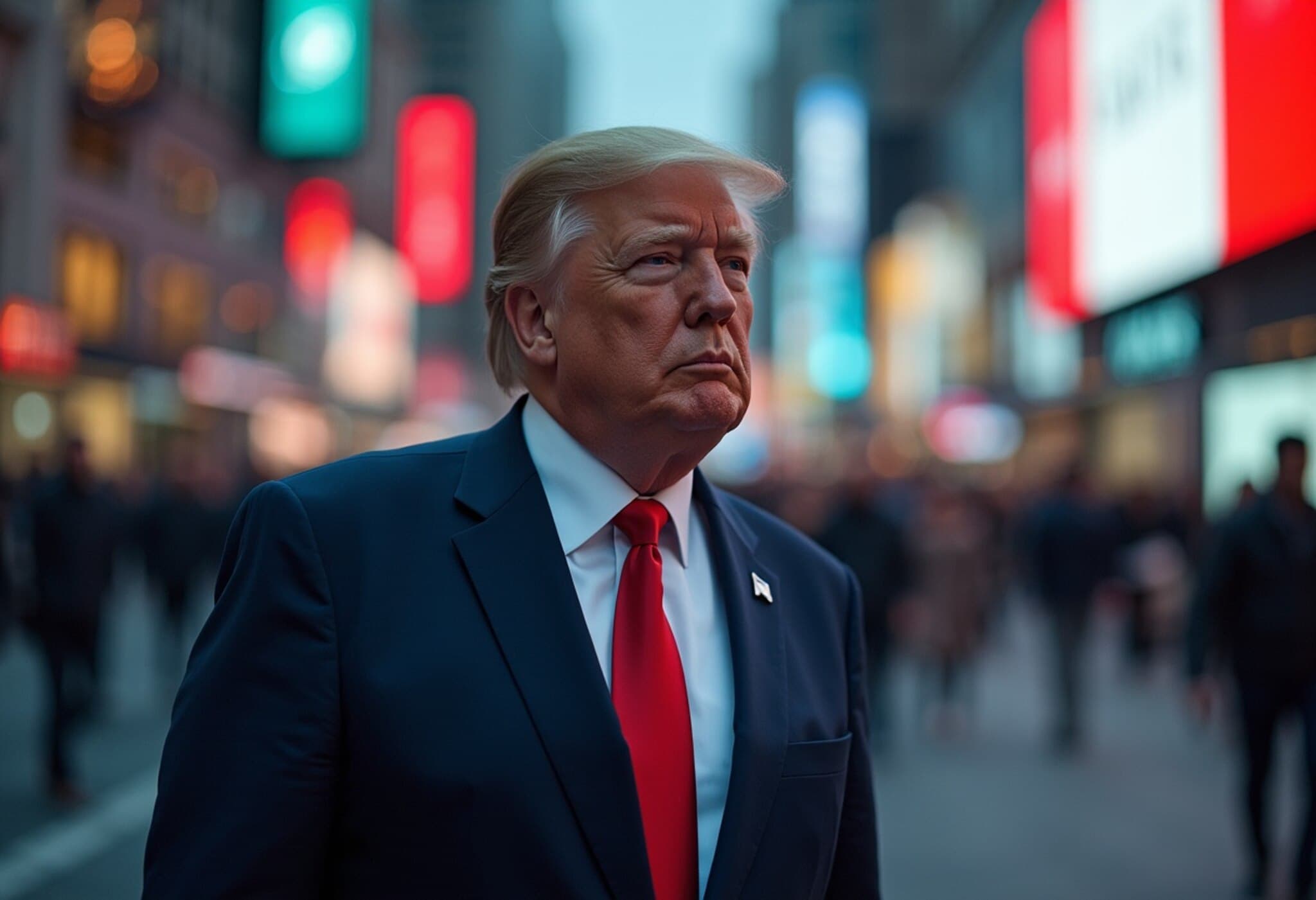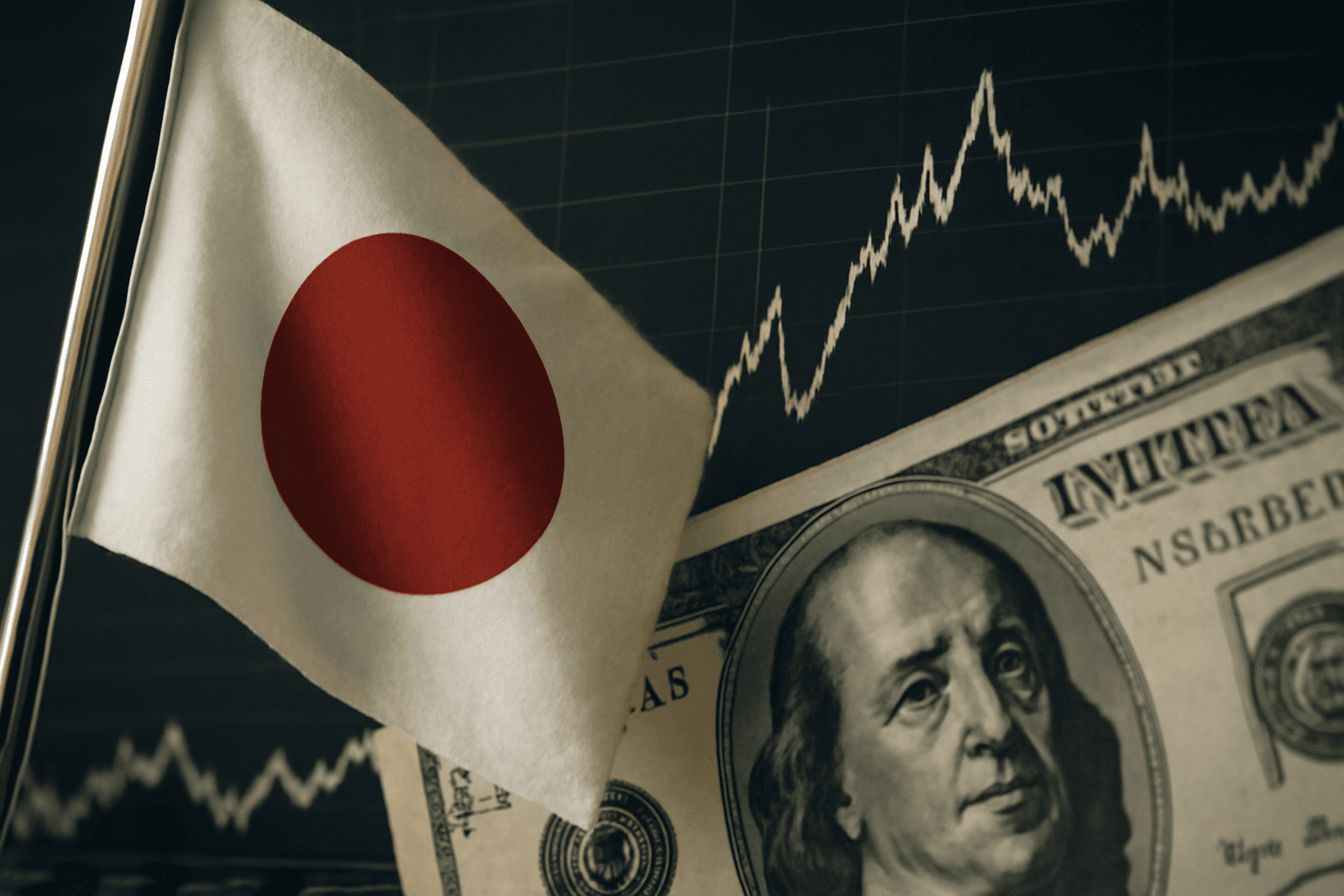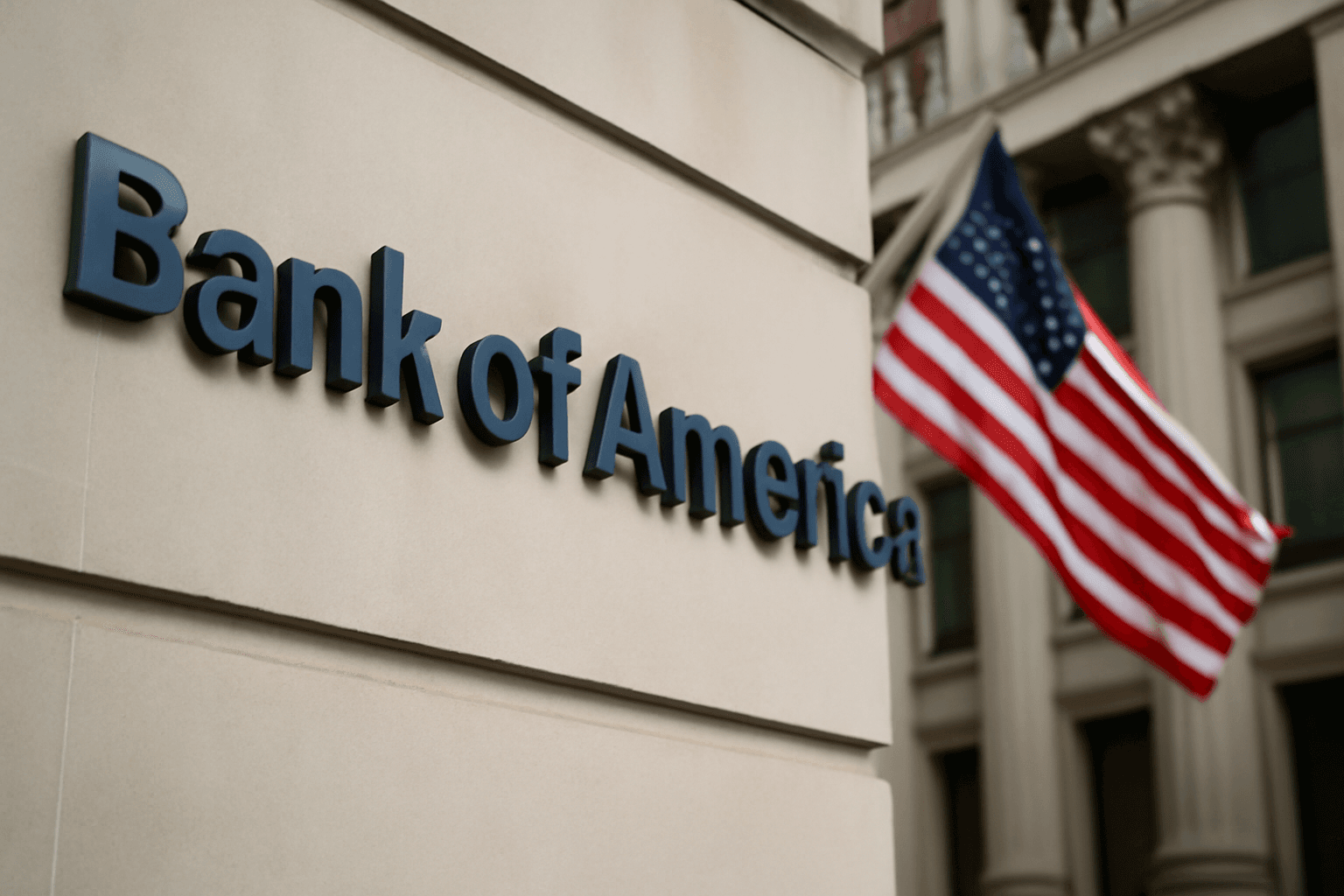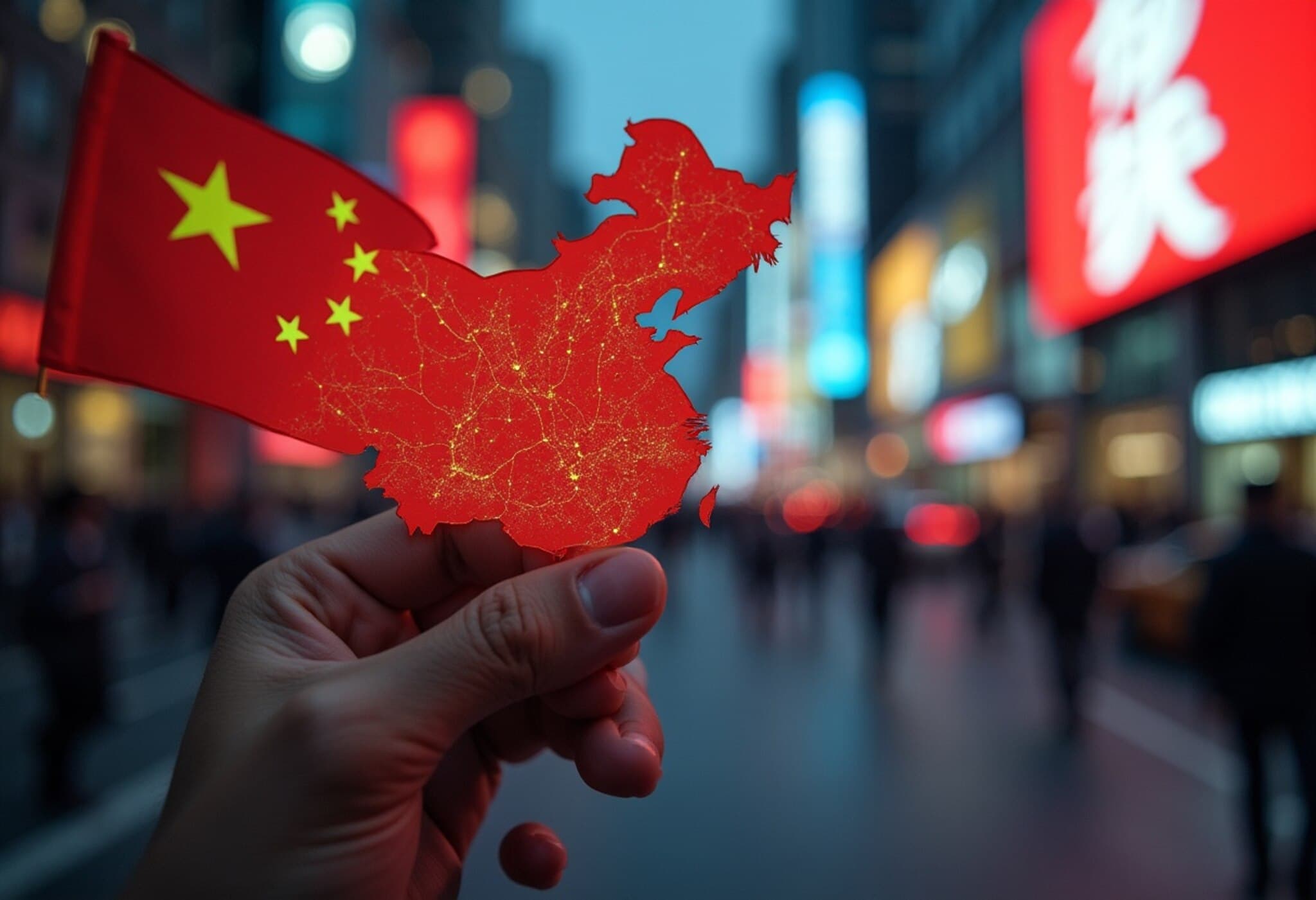Bridgewater Associates Scales Back Exposure to Chinese Equities
In a striking move underscoring shifting investor sentiment, hedge fund behemoth Bridgewater Associates has significantly reduced its holdings in U.S.-listed Chinese companies during the second quarter of 2025. This strategic pullback reflects mounting geopolitical tensions between the U.S. and China, coupled with growing uncertainty over China's economic trajectory.
Details of the Divestment
Bridgewater's latest filings with the U.S. Securities and Exchange Commission, specifically the 13F report disclosed on August 14, reveal that the firm sold off stakes in several prominent Chinese firms, including Alibaba, Baidu, JD.com, NetEase, Pinduoduo, and others. Additionally, lesser-known players such as Qifu Technology and Ke Holdings saw their Bridgewater stakes trimmed. Interestingly, while the fund sliced back other positions like Meituan, it increased holdings in firms like BYD and Xiaomi, signaling a nuanced reallocation strategy rather than a wholesale exit.
Ray Dalio’s Evolving Stance on China
Ray Dalio, the founder of Bridgewater Associates and long regarded as a China optimist within financial circles, has publicly grappled with the complex dynamics of U.S.-China relations. Last year, Dalio emphasized Beijing’s capacity to manage economic headwinds if its leadership acted decisively. However, he did not shy away from highlighting challenges such as geopolitical friction and suppressed asset prices.
Earlier in 2025, Dalio advocated for a new kind of trade diplomacy aimed at rectifying persistent trade imbalances that he believes have eroded American manufacturing sectors. He urged Washington and Beijing to engineer meaningful agreements to ease tensions and restore economic balance. Yet, as of August, Dalio has stepped down from Bridgewater’s board and sold his remaining shares in the firm, injecting further speculation about his future engagement with China-related investments.
Broader Context: Tariff Truce Extends Amid Tense Relations
This divestment wave at Bridgewater coincides with an extended tariff truce between the U.S. and China granted last Monday, postponing planned escalations that could have pushed tariffs on Chinese goods up to 145% and Chinese retaliatory duties to 125%. Presently, U.S. imports from China incur a 30% tariff, while American exports to China face a 10% levy. These economic sanctions remain a significant backdrop against which investment decisions like Bridgewater’s unfold.
What This Means for Investors and Markets
The signal sent by Bridgewater—the world’s largest hedge fund with over $150 billion in assets under management—cannot be underestimated. It highlights a broader reassessment of Chinese market risk amid continuing geopolitical uncertainty and regulatory unpredictability in China.
Institutional investors globally are wrestling with balancing China’s vast market opportunities against the risks posed by government intervention, supply chain disruptions, and strained diplomatic ties.
Expert Perspective
Financial strategist Dr. Susan Hargrave notes, "Bridgewater’s move should be seen not just as a retreat but as recalibration. It reflects the complexity of navigating investments in China, where political risk interlaces tightly with economic fundamentals. U.S.-China relations will remain a dominant theme shaping portfolio strategies for years to come." Experts also emphasize the importance of monitoring policy signals from both governments, as tariffs and regulatory frameworks evolve dynamically.
Looking Ahead
Investors and policymakers alike must stay attuned to how these developments influence global financial flows. With Bridgewater’s adjustment setting a precedent, other institutional players may follow suit or adapt diversified approaches to mitigate risk. Meanwhile, the broader question remains: will the two economic superpowers manage to bridge gaps through diplomacy or continue down a path of strategic competition?
Editor’s Note
Bridgewater’s withdrawal from major Chinese stocks marks a critical moment of reflection for investors worldwide navigating a complex geopolitical landscape. As tensions simmer and economic policies shift, the decisions of key market players offer insight into the evolving intersection of finance, diplomacy, and global trade. Readers are encouraged to consider how such moves affect not only portfolios but the broader economic ties binding two of the world’s largest economies.


















